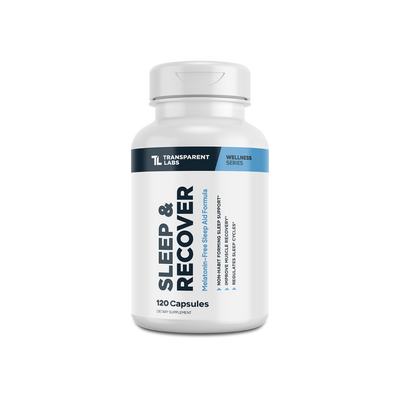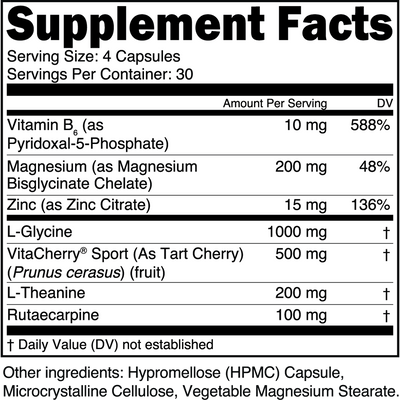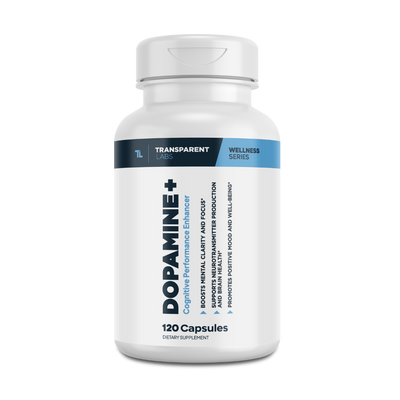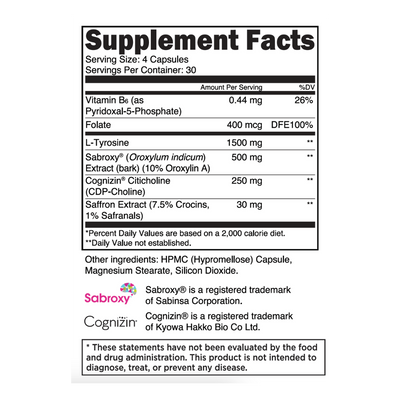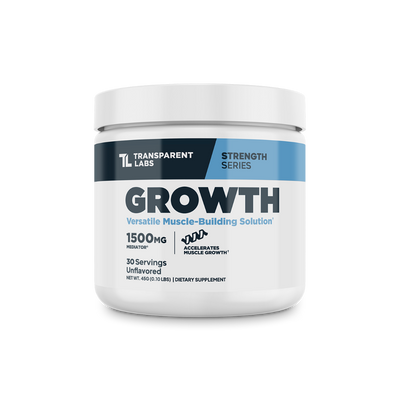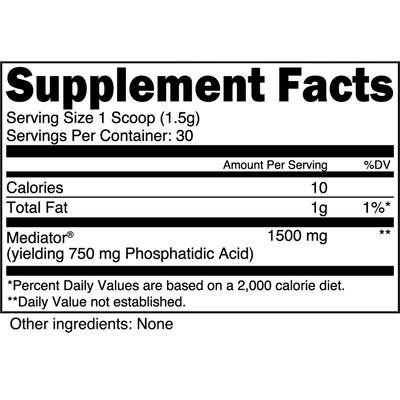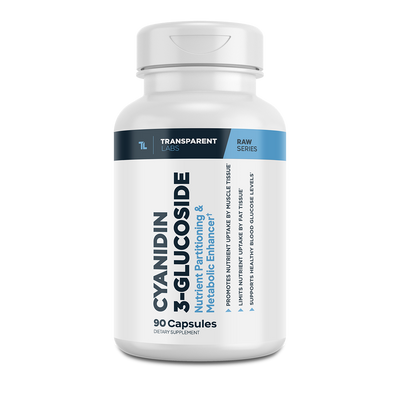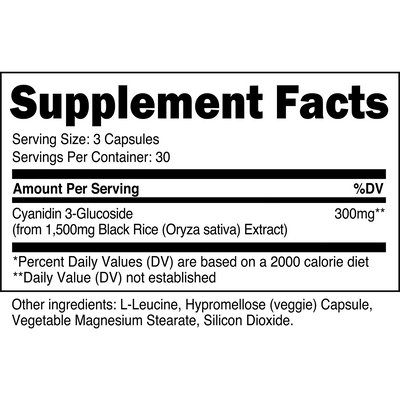What is Bulking? A Guide to Building Muscle
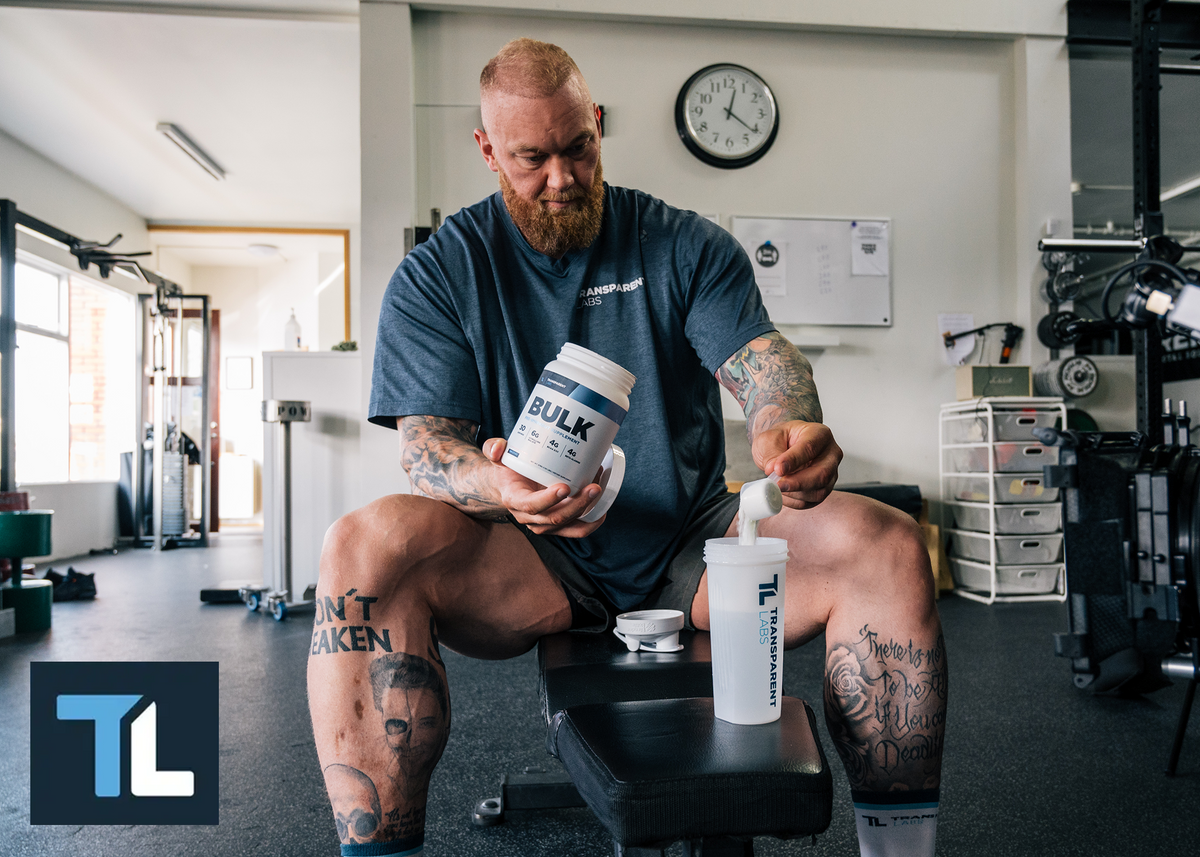
Fitness beginners that are thin can be desperate to put on muscle mass, which is why bulking is so popular. The purpose of bulking is to gain weight on the scale with hopes that will help achieve muscle gain, even if it means taking fat gain with it.
Bulking and cutting are very different, but they do have one thing in common. You can do it the right way or the wrong way. We are going to cover the right way to implement a bulking phase so you can increase muscle mass while avoiding excess body fat gain.
What is Bulking?
The definition we will use for bulking is to significantly increase calorie intake with the intention of building new muscle tissue. You may have seen that in order to lose weight, calories in must be less than calories out. With the bulking, it's the opposite. You must be in a calorie surplus if you want to increase body weight, and more importantly, build muscle mass. There are two methods to bulking.
Clean Bulk
"Clean" in this case means eating many of the same nutrient dense foods that you would for a cut, except you eat more of it because now the goal is to take in more calories. That means you are increasing protein intake and consuming more carbohydrates and healthy fats. You also may not eat as many calories because you want to minimize fat mass while working to support muscle growth.
Dirty Bulk
A "dirty" bulk is exactly as you may imagine it is - eating nutrient poor foods, junk food, processed food, and those other healthy foods with the single intention of getting the number on the scale to go up. The bigger the caloric surplus, the better. You could be gaining muscle on a dirty bulk, but you are also gaining excess fat, which could be counterproductive in the short term and lead to a harder time getting cut when it comes time to start eating at a caloric deficit.
How to Bulk Effectively
Bulking can be an enjoyable process, and we are not saying you should never eat processed foods or treat yourself to other foods occasionally. Treating yourself once or even twice a week on a bulk is acceptable, but the overall goal is to take in extra calories by eating nutrient dense foods that will support your weight training efforts to help you build new muscle mass.
Protein Intake
Protein is vital for a clean bulk, because they provide all the essential amino acids that you need to create muscle growth. Research has shown that consuming up to two grams of protein per kilogram of body weight can be safe for people active in intense physical activity like weight training. (1)
Quality protein sources include chicken breast, turkey, most fish, eggs, and protein powders or mass gainers. You can take the total number of protein that you need to consume every day and break it down into small portions over the number of meals you want to eat throughout the day.

Carbohydrates
You need energy throughout the day, and healthy carbohydrates can provide that energy to help you get through the resistance training sessions and supply the extra calories you need to gain muscle. People that are already lean may feel they don't need as many carbohydrates and would rather stay as ripped as possible, but not eating enough carbs could be counterproductive (2).
Eating carbohydrates with strategy and proper timing can be very beneficial. Using simple sources such as fruits for energy before workouts and slower-digesting sources such as rice, sweet potatoes, and fibrous sources like vegetables can be exactly what you need to recover and support the process of building lean muscle mass. Recommended numbers of carbs to take in are varied, but two grams per kilogram of body weight is a common starting point.
Fats
Even two decades into the new millennium, there are still many people that think all fats are bad. This is not true. Moderate amounts of healthy fat sources can be beneficial for muscle growth (3), and healthy fats are a great way to create a high calorie diet that will help you gain muscle without adding much body fat.
Those fat sources can include legume, nuts, natural nut butters, and some cooking oils such as olive and avocado oils. The yellows in eggs can also provide both healthy fats and vitamins, as long as they are not eating excessively. Fat intake should be moderate for bulk and cut cycles, but 20-30 percent of your calorie intake can involve healthy fats.
Supplements to Support Bulking
If you are concerned about eating too many calories throughout the day, or if you simply want another advantage on your bulking diet, then supplements can be a great benefit. Consider these options when you are putting together your personal plan.
Protein Powder or Mass Gainer
Protein powders on their own can help with maintaining muscle mass, and many of them have fewer calories than some of the foods you may normally eat. Mass gainers are a simple way to add a lot of calories quickly. Transparent Labs' Mass Gainer formula can be considered a shortcut on the muscle gaining phase because you get a significant amount of calories without having to go into dirty bulking.

Pre-Workout
Lean bulking means you need to be able to perform in the gym. Muscle protein synthesis is increased quickly after training (4) Supplementing with a quality pre-workout supplement can help you maximize your performance during that training session. If you can find a pre-workout that is designed to support a bulking effort, like Transparent Labs Bulk Pre-Workout, that is even better.
Creatine
Regardless of what the goal is, creatine has been proven time and time again to be safe and effective for fitness enthusiasts. (5) It can almost be considered a foundational pillar in a supplement plan. Using creatine as a part of your recovery process will go a long way in making that clean bulk worth the time and effort. Creatine combined with HMB makes it even better for both muscle growth and athletic performance.
Bulking vs. Cutting
Bodybuilders use both bulking and cutting for their physique goals. A clean bulk can be used to help build muscle and improve the development of the overall physique. A safe and effective cut helps them lose fat and change their body composition so they can show off the results of that clean bulk.
The length of time that bodybuilders go on bulk phases vary. If an athlete want to build as much muscle as possible before cutting, they could go as long as a year to maximize muscle hypertrophy.
Most cutting phase programs could last anywhere from three to six months. A healthy and safe cutting process involves slowly decreasing calories and increasing physical activity to stimulate gradual weight loss and lose body fat.
It is worth noting that both bulking and cutting are not meant to be long-term processes. Going one way or another for too long could potentially lead to adverse issues such as disordered eating. Plan out your times for both clean bulks and a healthy cutting phase so you can stay focused, achieve results, and maximize your overall health.
Conclusion
Bulking can be very beneficial to bodybuilders and fitness enthusiasts if it is done the right way with a plan and quality food sources as well as effective supplementation. A sound training plan for hypertrophy is also very important for clean bulking. Consistency is the most important key, though. As long as you are able to execute on your plan every day, you will see postive results.

